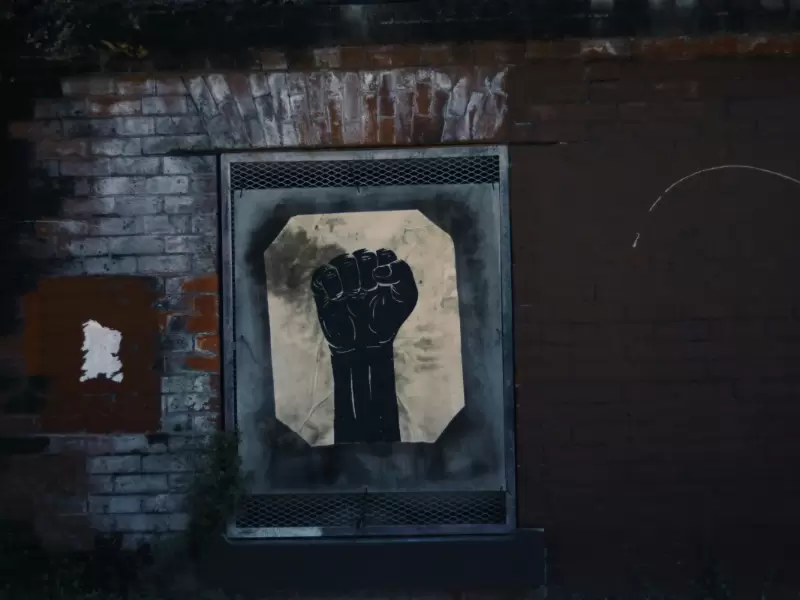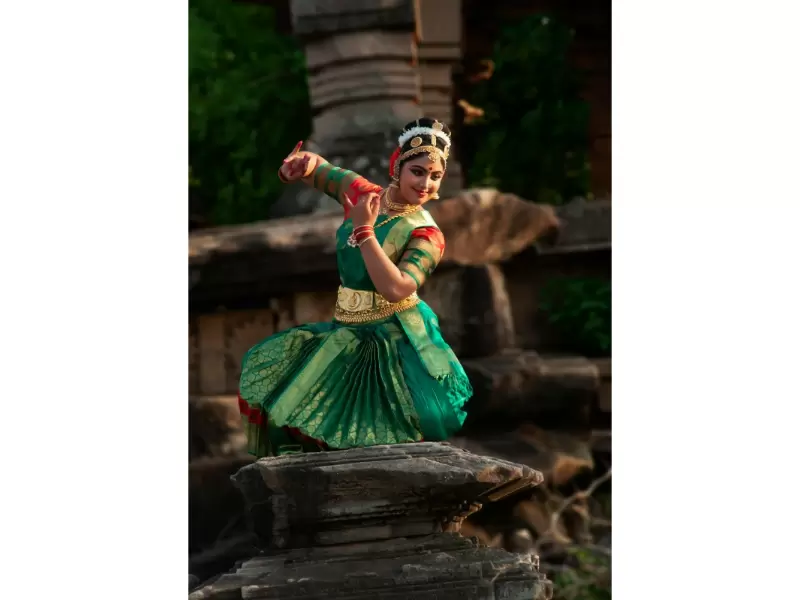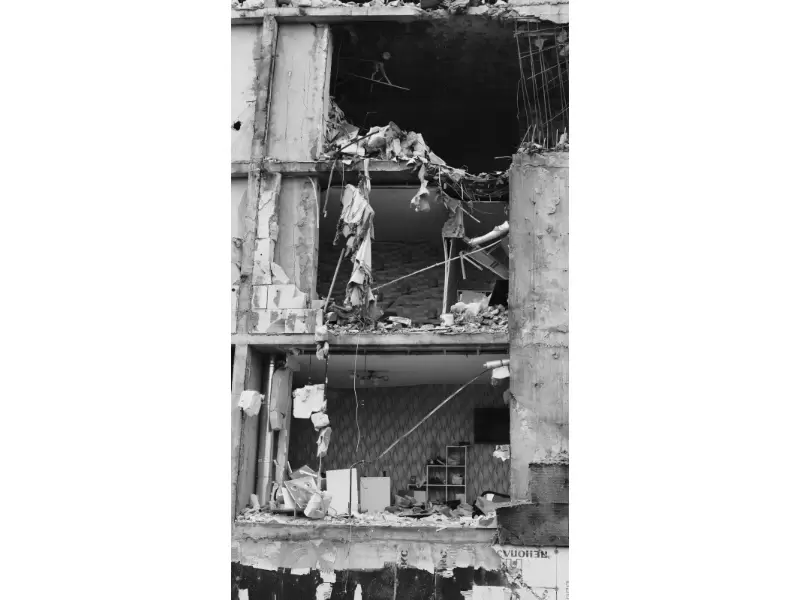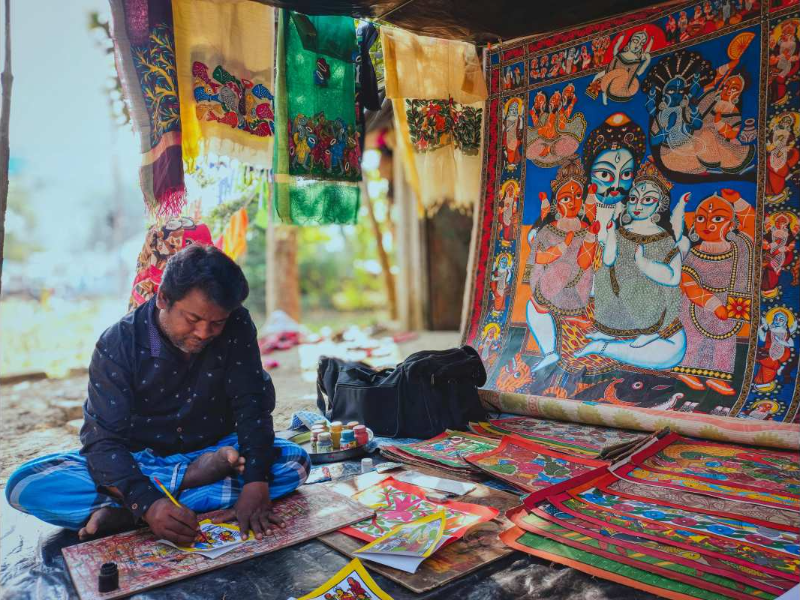Sitar and Fish
This essay won the second place in the High School category in the fifth Civil Rights Essay and Art Contest for 2025 by Hindus for Human Rights and International Commission for Dalit Rights.
 Representative image / Pexels
Representative image / Pexels
When the sitar weeps in Benares, a fisherman in Kerala still swears the fish tastes different.
At first glance, this sentence seems absurd, but it hints to a truth that represents South Asia: art, music, and performance are never solitary acts. They impact outward, carrying resistance, memory, and defiance across geography. In a region where empires, kings and corporations have long tried to bend cultures into silence, art has emerged as a stubborn form of survival. Art in South Asia has never been merely aesthetic for it has served as a language of protest, a reminder of identity, and a quiet rebellion against forces that sought to erase difference.
The history of South Asia is defined as much by resistance as by conquest. Colonialism, caste hierarchies, patriarchy, and religious orthodoxies all attempted to impose order on diverse peoples. Yet artists responded not with weapons. This is why the study of art in South Asia cannot be separated from the study of resistance. From temples to village squares, art offered a canvas where marginalised voices found ways to speak when speech itself was dangerous.
One striking example is the tradition of Patta Chitra in Odisha. At first glance, it appears to be a devotional practice: kesari and sunahre painted cloth scrolls narrating the life of Lord Jagannath. But beneath this spiritual surface lies an act of resilience. When Mughal and later colonial influences attempted to regulate indigenous artistic expression, the chitrakars preserved their community’s memory by embedding (coding) cultural pride within bedsheets, clothes, and media (the coded model). The rhyme and rhythm of the performances, closer to Padwa style, extended the futile borders between sacred storytelling and political defiance. Their art said what their tongues could not: “We endure”
ALSO READ: Rhythms of resistance
Similar currents of resistance ran through performance traditions across India. Kathak, for instance, evolved in Mughal courts, but its roots lay in temple storytelling. Under colonial suspicion, when native dance was condemned as immoral, the artists (for every act is an art!) reasserted it as a legitimate art form tied to national identity. To dance was to reclaim dignity.
Likewise the Bauls of Bengal, called “bevde” were the ones who rejected rigid orthodoxy. They used song as a critique of both organized religion and social divisions. Their lyrics we're deceptively simple, but carried radical messages: that love, not hierarchy, governs human life.
The resistance in South Asian art was not always overtly political. Sometimes it was subtle: the choice to preserve a Bihu of Assam in a weaving pattern, or to pass down an Ramayan in the face of modernization. During the British Raj, when English education was designed to separate Indians from their cultural roots. Figures like Rabindranath Tagore used poetry, painting, and music to insist on a uniquely Indian modernity. His art was both metropolitan
and deeply rooted in his soil which acted as a reminder that colonial definitions of “progress” could be contested against.
Even crafts and visual traditions became political. Madhubani paintings, created by women in Bihar, once confined to domestic walls, transformed into a global symbol of indigenous creativity in the twentieth century. Their migration from private to public space challenged both gender norms and economic marginalisation which proved that art could carve new pathways to independence. Similarly, the phad paintings of Rajasthan turned religious stories into collective gatherings and Panchayats where communities resisted erasure by remembering together.
The power of art as resistance lies in its endurance. Battles are fought and forgotten, but a song survives generations; empires fall, but a painting outlives rulers. Unlike open conflict, art resists subtly, putting defiance into collective memory. It does not seek immediate victory but makes resilience over time. It is this very resilience that has allowed South and Southeast Asia to preserve its beautiful traditions despite centuries of invasions, colonization, and modernisation.
Today, the legacy of resistance through art continues. Street murals in India speak against corruption, theatre movements like Jana Natya Manch extend the struggles of workers, and digital art across Southeast Asia critiques authoritarianism while bypassing censorship. The mediums may have evolved, but the spirit remains unchanged: art refuses silence.
In the end, resistance through art is not about destruction but preservation. The sitar string that snaps beech-rag disrupts a rhythm, but it also demands attention. The fish that swims against the current does not change the river, but it proves survival. So too does art in South and Southeast Asia: it resists not by overpowering but by passion, reminding us that beauty itself can be a rebellion.



 Alia Gupta
Alia Gupta 















Comments
Start the conversation
Become a member of New India Abroad to start commenting.
Sign Up Now
Already have an account? Login